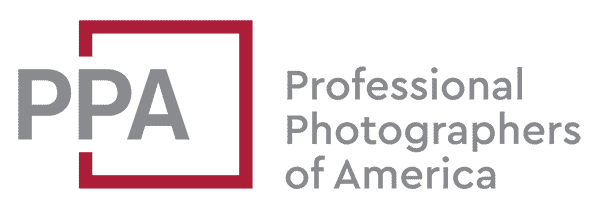These days, accessories such as lenses, flashes, teleconverters, electronic remotes, and even grips can come with firmware.
That’s true of many of the newer Nikon cameras, even some of the later DSLRs, and it’s especially true for the latest generations such as those in their Z mirrorless range.
The most common you might come across when updating your camera is the C firmware. That is, after all, the core camera body firmware.
But there are several other types that you might see. You’ll only see these on the camera’s menu system if you have the relevant and compatible accessory attached, such as a lens or grip.1
Not all of these are used for all types of Nikon cameras and accessories.
| C | Camera firmware. This code is used for updates related to the camera body itself, affecting the camera’s overall operation, performance enhancements, and sometimes adding new features or compatibility with new lenses. |
| A/B | Camera firmware. This is the older code that has since been superseded by C. |
| LF | Lens firmware. Updates designated with this code are for Nikon lenses. These updates can improve autofocus performance, fix bugs, or add compatibility with newer camera bodies. |
| L/LD | Lens distortion control data. |
| MA | Mount adapter firmware. Such as the FTZ adapter. |
| S | Speedlight / flash firmware. |
| W | Wireless remote controller firmware. |
| TC | Teleconverter firmware. |
| RG | Remote grip firmware. |
| W | Wireless firmware version. |
If you need to update the firmware of one of these other types, you will have the option to select which firmware to update in the menu system.
How to Check the Firmware Version
I’ve provided some specific guides for particular cameras elsewhere on this site, but here are general guidelines across various types of Nikon cameras.
DSLR & Z Mirrorless Cameras
- Turn the camera on.
- Press the camera
MENUbutton and select Firmware version in the SETUP MENU to display the camera firmware version. - The firmware version information will be displayed on screen.
COOLPIX Cameras
- Turn the camera on.
- Press the camera
MENUbutton to display the menus. - Press the multi-selector left to display menu icons, then highlight
Set upand pressOK. - Highlight
Firmware versionin the Setup menu and pressOKto display the camera firmware version. - The firmware version information will be displayed on screen.
Where to Find Firmware Updates for Nikon Cameras & Accessories
Firmware is essentially the operating system for your camera or accessory, and it dictates everything from how the device operates to compatibility with lenses and other accessories.
Not all firmware updates are the same. Some add major new features, improvements, or bug fixes. Others are just minor tweaks. But it’s still good practice to update to the latest official release. It’s quite rare that a firmware update will have negative consequences (although it can happen).
Official Nikon Firmware Updates
By far the best place to get firmware updates is from Nikon directly. Those are the official releases supported by Nikon.
Nikon releases firmware updates for its products on the domain https://downloadcenter.nikonimglib.com/. It’s a shame that Nikon doesn’t use a domain that looks a little less suspicious, but it is what it is; that’s an official Nikon domain. And you’ll find links to it from the official product pages on Nikon’s websites (plural, because there are different sites for different parts of the world). As an example, you can find firmware updates for the Nikon Z8 at the URL https://downloadcenter.nikonimglib.com/en/download/fw/495.html.
And you can search directly from that domain’s home page.
Third-Party (or Hacked) Firmware
Sometimes you might come across hacked versions of the firmware by third-party persons.
By “hacked,” here I don’t mean maliciously (although that’s also possible). I mean designed to unlock features or capabilities of a camera that are not officially supported by the manufacturer. Some brands seem to attract this kind of interest regularly, but I don’t often hear about it with Nikon cameras; it’s just less of a thing with them. That said, if you do come across some and are tempted to try it, third-party firmware can sometimes be incredibly useful, but it’s also very much in you’re-on-your-own territory if something goes wrong. And things can definitely go wrong when you start messing with firmware.
More to Check Out
If you enjoyed this, these might also be of interest:
- By “compatible” in this sense, I’m referring specifically to compatibility with Nikon’s firmware system. The vast majority of accessories, whether from Nikon or third parties, that are compatible with Nikon cameras do not use this same system. So you can have, say, a Sigma lens that otherwise works normally with Nikon’s cameras but won’t show up here in this firmware system; they have their own methods of updating the firmware that aren’t run through the camera body. [↩]




